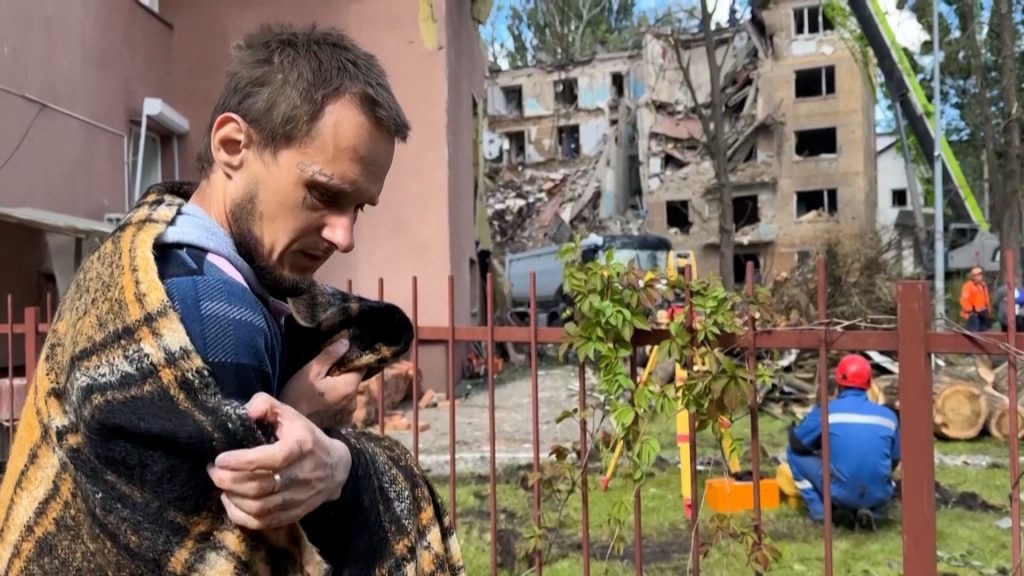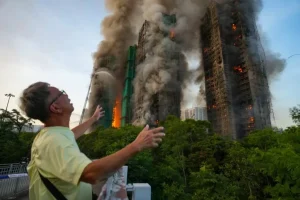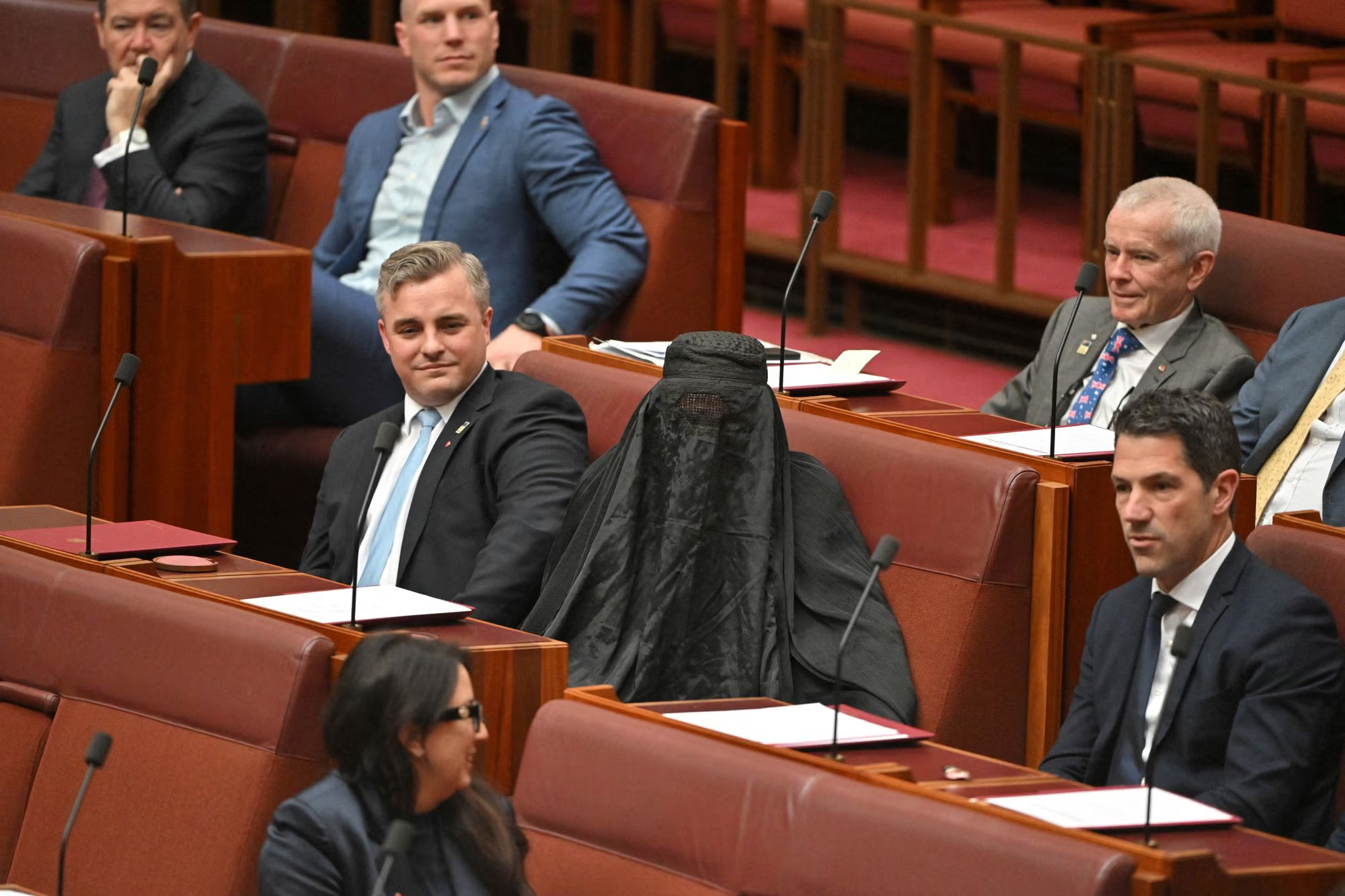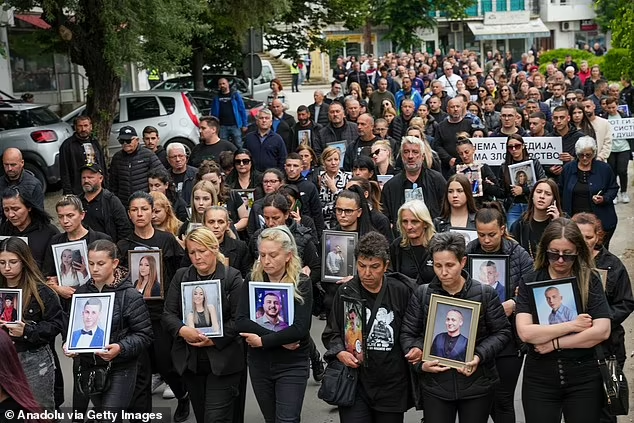Russia Ukraine drone attacks intensify as ceasefire talks collapse. With global attention divided by the Israel-Iran conflict, hostilities escalate in Eastern Europe, threatening regional stability and geopolitical balance.

The Russia Ukraine drone attacks have sharply intensified in recent weeks, signaling a dangerous escalation in an already volatile conflict. As international focus shifts to the ongoing Israel-Iran war, Russia appears to be seizing the moment to increase military pressure. Meanwhile, ceasefire negotiations brokered by the United States remain stalled, leaving the region on edge.
Escalating Drone Strikes Amid Global Distraction
The latest wave of drone attacks highlights a grim reality. Russian forces launched a deadly strike on a village in the Sumy region, killing an eight-year-old boy and two adults, while injuring three others, according to the regional military administration. This brutal attack took place as residents peacefully slept in their homes, abruptly ending multiple lives.
At the same time, Russian drone strikes wounded five civilians in Kharkiv and four more in the Dnipropetrovsk region. The coordinated assaults follow a “massive” missile and drone strike on Kyiv just one day earlier, which tragically killed at least 10 people. The attacks demonstrate how Russia is ramping up aggression amid stalled peace talks.
Ukraine’s Counterattacks Increase Pressure
In response, Ukraine has intensified its own drone operations targeting various strategic sites deep within Russian territory. A notable incident occurred overnight in Moscow when a Ukrainian drone reportedly struck a residential building in Krasnogorsk, setting fire to the 17th floor and injuring two people, including a pregnant woman.
Local authorities evacuated about 100 residents, including 30 children, underscoring the growing reach and impact of drone warfare. Moscow’s governor, Andrei Vorobyov, confirmed that emergency responders are providing treatment to the injured, emphasizing the human toll on both sides.
Air Defenses Struggle Against Rising Drone Threats
Russian air defense units claim to have destroyed 20 Ukrainian drones overnight, with two downed over the Moscow region. Despite these efforts, drone warfare continues to challenge traditional military defenses, raising new questions about the future of conflict in Europe.
Currently, Russia occupies nearly 20% of Ukrainian territory and claims to have annexed four regions since the 2022 invasion, alongside Crimea, which was seized in 2014. The drone attacks now extend the battlefield beyond frontlines, threatening civilians and infrastructure alike.
Ceasefire Talks Falter as Violence Surges
Diplomatic attempts led by the United States have so far failed to halt the fighting. Despite a brief breakthrough last month that brought Russia and Ukraine to direct talks, progress stalled quickly, and no further meetings have occurred in three weeks.
Kyiv has publicly accused Moscow of intentionally sabotaging peace efforts to prolong the conflict and expand territorial control. This distrust deepens the divide, making the prospect of a ceasefire increasingly remote.
Geopolitical Implications for Global Stability
The timing of these intensified Russia Ukraine drone attacks is crucial. With Washington’s attention divided by the escalating conflict in the Middle East, Russia seems emboldened to push harder in Ukraine. This shift risks destabilizing not only Eastern Europe but also broader international security frameworks.
Observers warn that the failure to renew ceasefire negotiations could lead to a prolonged and more destructive war. This ongoing violence threatens millions of lives and undermines fragile geopolitical balances at a time when global powers face multiple simultaneous crises.
The High Stakes of Drone Warfare
As drone technology reshapes modern warfare, the conflict between Russia and Ukraine offers a stark preview of future battlefields. Both sides leverage these tools to inflict damage beyond traditional frontlines, intensifying the human cost.
The stalled ceasefire talks reflect a broader geopolitical impasse, while civilian casualties mount amid relentless drone strikes. For the international community, the urgent challenge remains to refocus diplomatic efforts before the situation spirals further out of control.










Comments are closed.